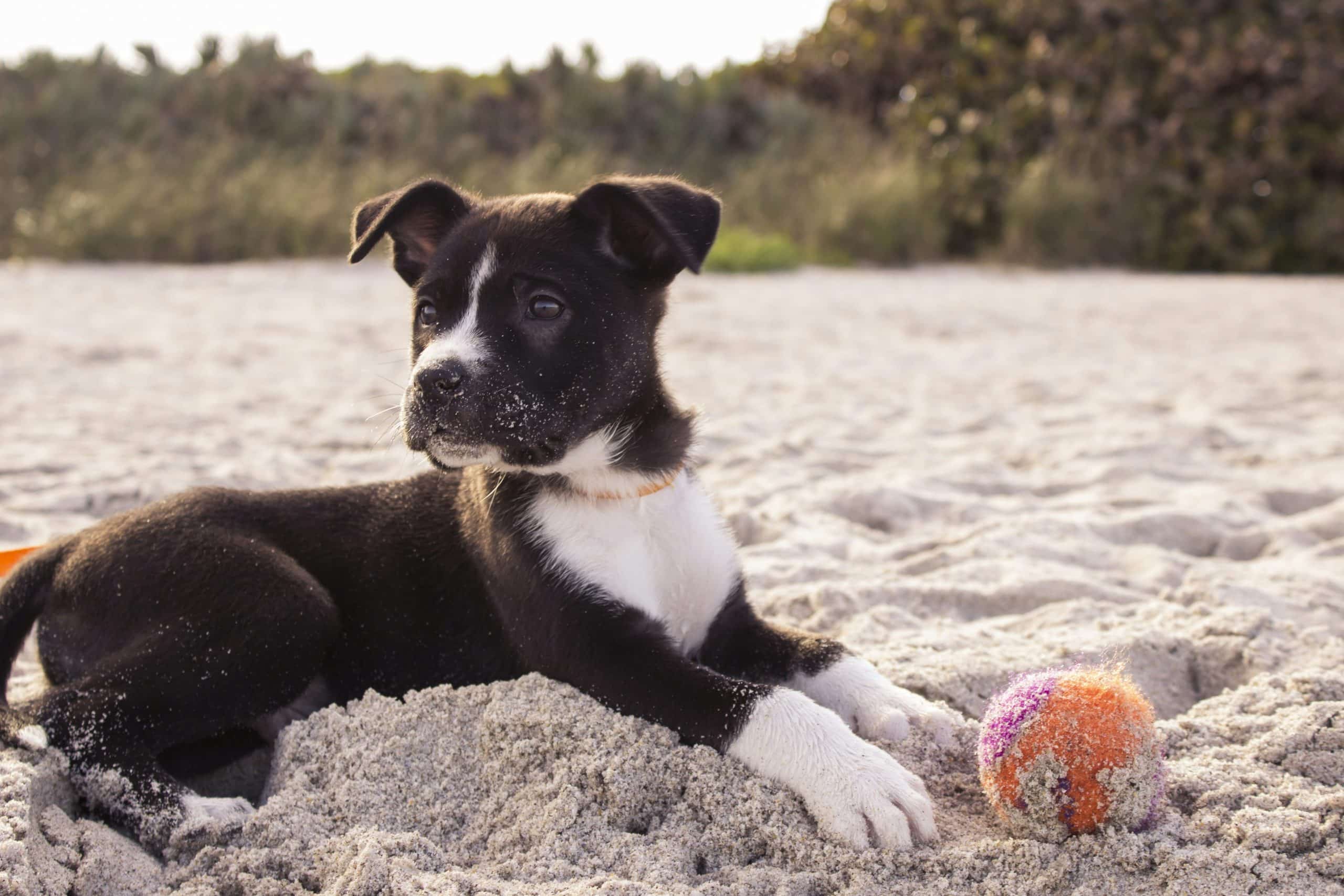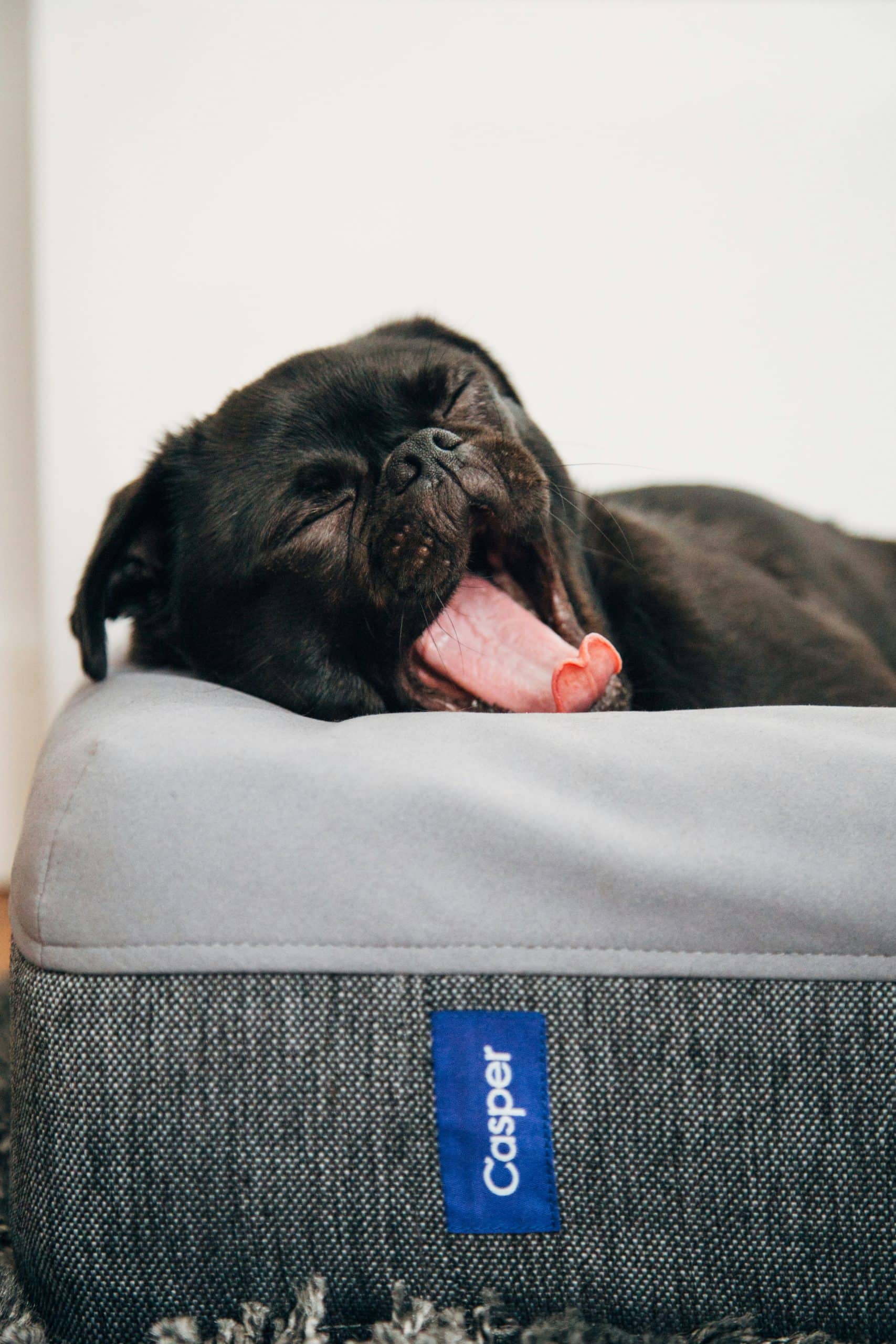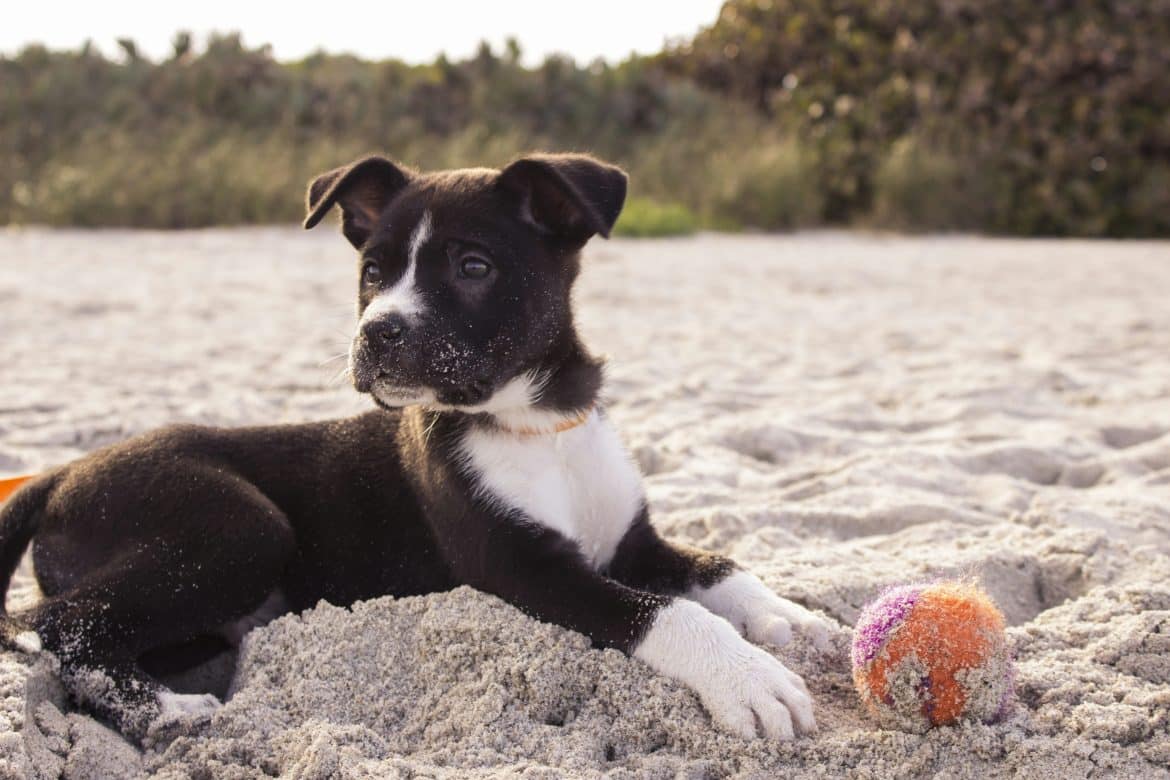In "Swaddling Your Puppy: A Step-by-Step Guide To Comfort And Security," you will discover simple techniques to provide your puppy with a sense of comfort, security, and well-being through swaddling. Swaddling is not just for human babies but can also benefit our furry friends by creating a safe and calming environment. This article will take you through each step of the swaddling process, ensuring that you and your puppy build a strong bond while keeping them content and relaxed.
Choosing the Right Swaddle
When it comes to swaddling your puppy, choosing the right swaddle is crucial to ensure their comfort and security. One of the first considerations is the size of the swaddle. You want to find a swaddle that is appropriate for your puppy's size, allowing them enough space to move around comfortably but not too loose that it becomes ineffective. It's important to measure your puppy's measurements before purchasing a swaddle to ensure the perfect fit.
Additionally, opting for a swaddle with adjustable straps can be incredibly beneficial. A swaddle with adjustable straps allows you to customize the fit according to your puppy's body shape and size. This ensures a snug and secure fit while still allowing for a range of movement. Adjustable straps allow for flexibility as your puppy grows, providing long-lasting comfort and security.
Another essential factor to consider is the fabric of the swaddle. Look for a swaddle made with soft and breathable fabric. This will ensure that your puppy stays comfortable and does not overheat while swaddled. Breathable fabric promotes air circulation, preventing any discomfort or skin irritations. Choosing the right fabric will contribute to a positive swaddling experience for your furry friend.
Creating a Safe Environment
Before you begin swaddling your puppy, it's crucial to create a safe environment for them. Clear the area of any hazards that might pose a risk to your puppy's safety. Remove any potentially dangerous objects or substances that they might come into contact with. This will provide a secure space for them to relax and feel safe while being swaddled.
Proper ventilation is another essential aspect of creating a safe environment for your puppy. Ensure that the room or area where you plan to swaddle your puppy has adequate airflow. Good ventilation helps prevent overheating and promotes a comfortable and pleasant experience for your puppy. A well-ventilated space will also help minimize any potential odors or irritants that could affect your puppy's well-being.
Additionally, maintaining a comfortable temperature is crucial during the swaddling process. Make sure the room is at a temperature that is suitable for your puppy's well-being. Too much heat can cause discomfort, while cold temperatures can lead to shivering and anxiety. Finding the right balance will make the swaddling experience more enjoyable and relaxing for your puppy.

This image is property of images.unsplash.com.
Preparing the Swaddle
Before you use the swaddle for the first time, it's essential to wash it. This will remove any chemicals or irritants that might be present from the manufacturing process. Washing the swaddle ensures that it is clean and safe for your puppy's delicate skin. Be sure to follow the washing instructions provided by the manufacturer to keep the fabric in optimal condition.
Familiarize your puppy with the swaddle in a positive way. Let your puppy sniff and explore the swaddle before using it. This will help them become comfortable with the fabric and associate it with positive experiences. You can even place treats or toys near the swaddle to create a positive association.
Adjust the size of the swaddle to fit your puppy properly. Ensure that the swaddle is snug enough to provide a sense of security but not too tight that it restricts movement or causes discomfort. A well-fitted swaddle will allow your puppy to feel cozy and secure while also being able to move their limbs comfortably.
Introducing Your Puppy to the Swaddle
When introducing your puppy to the swaddle, it's important to start with short swaddling sessions. Begin by gently wrapping the fabric around your puppy for a few seconds and gradually increase the duration over time. This gradual introduction will allow your puppy to become accustomed to the feeling of being swaddled without overwhelming them.
To make the swaddling experience positive, associate it with enjoyable activities, such as playtime or treats. This positive reinforcement will help your puppy associate the swaddle with feelings of comfort and security. By linking positive experiences with the swaddle, you are creating a sense of trust and relaxation for your puppy.
Gradually increase the duration of swaddling as your puppy becomes more comfortable. Start with just a few minutes and gradually work your way up to longer sessions. This gradual increase will allow your puppy to adjust to the swaddle at their own pace and ensure that they feel safe and secure throughout the process.

This image is property of images.unsplash.com.
Proper Swaddling Technique
When it comes to swaddling your puppy, mastering the proper technique is essential. Start by wrapping the swaddle snugly around your puppy's body. The swaddle should fit securely enough to provide a sense of comfort and security, but not so tight that it restricts movement or causes discomfort.
Leave enough room for movement within the swaddle. Your puppy should be able to extend their legs and move their body without feeling constrained. A properly fitted swaddle will allow for some mobility while still providing a cozy and secure environment.
Ensure that the swaddle covers the chest and back of your puppy. This will provide support to their body and make them feel safe and secure. Avoid covering the head or face, giving your puppy ample space to breathe comfortably.
Monitoring Your Puppy's Comfort
While your puppy is swaddled, it's important to monitor their comfort to ensure their well-being. Watch for any signs of discomfort, such as restlessness, excessive panting, or attempting to remove the swaddle. If you notice any signs of distress, it's crucial to immediately remove the swaddle to prevent any harm or discomfort to your puppy.
Check for proper circulation while your puppy is swaddled. Ensure that the swaddle is not too tight and that blood flow is not restricted. You can check for proper circulation by gently pressing your finger against your puppy's skin. If your finger leaves a mark that takes a long time to disappear, the swaddle may be too tight and should be adjusted accordingly.
Observe your puppy's breathing while they are swaddled. Swaddling should not impede your puppy's ability to breathe comfortably. If you notice any irregularities or difficulty in breathing, it's important to remove the swaddle immediately and consult with a veterinarian.

This image is property of images.unsplash.com.
Benefits of Swaddling
Swaddling your puppy offers several benefits that contribute to their overall well-being. One of the primary advantages of swaddling is that it provides a sense of security and comfort. The snugness of the swaddle mimics the feeling of being close to their mother, which can help soothe and calm your puppy. This sense of security can be especially beneficial during times of stress or anxiety.
Swaddling also helps reduce anxiety and stress in puppies. The gentle pressure of the swaddle can have a calming effect by releasing endorphins and creating a sense of relaxation. This can be particularly helpful for puppies who struggle with separation anxiety or fear-related issues.
Furthermore, swaddling aids in preventing separation anxiety. When puppies are swaddled, they feel a sense of comfort and security, even when you are not present. This can help them adjust to being alone and reduce the likelihood of developing separation anxiety or related behaviors.
Instances When Swaddling May Not Be Suitable
While swaddling can be beneficial for many puppies, there are instances when it may not be suitable. If your puppy shows signs of distress or discomfort while being swaddled, it's important to discontinue its use. Every puppy is unique, and some may not respond well to being swaddled. Pay attention to your puppy's cues and adjust accordingly to ensure their well-being.
If your puppy has mobility issues, swaddling may not be appropriate. Some puppies may have physical conditions or limitations that make swaddling uncomfortable or restrictive. Consulting with a veterinarian can help determine if swaddling is suitable for your puppy's specific needs.
Similarly, if your puppy displays a strong dislike for being confined or restricted, swaddling may not be the best option. Some puppies have a strong aversion to feeling restrained, which can cause stress and anxiety. Respect your puppy's preferences and explore alternative comforting techniques that may be more suitable for their needs.
Alternative Comforting Techniques
If swaddling is not suitable for your puppy or if you are looking for additional comforting techniques, there are several alternatives to consider. Using a puppy-safe heating pad can provide warmth and comfort for your puppy, mimicking the feeling of being close to their littermates. Ensure that the heating pad is set to a safe and appropriate temperature to prevent any injuries.
Providing a cozy crate or bed for your puppy can also offer a sense of security and comfort. A soft, comfortable bed or crate can become a safe space for your puppy to retreat to when they need some alone time or relaxation. Ensure that the crate or bed is appropriately sized for your puppy and contains soft and cozy bedding.
Using calming scents or music can also contribute to your puppy's comfort. Certain scents, such as lavender or chamomile, have relaxing properties that can help soothe your puppy. Similarly, playing soft music or calming sounds can create a peaceful environment and help reduce anxiety or stress levels.
Gradual Transition Away From Swaddling
As your puppy grows and becomes more accustomed to the swaddling process, you may eventually want to transition away from swaddling. Gradually introducing short periods without the swaddle is a good way to start. Begin by allowing your puppy to spend a few minutes without the swaddle while still remaining in a secure and comfortable environment.
Offer alternative sources of comfort during these transition periods. Provide a cozy bed, toys, or treats to help your puppy feel secure and relaxed without the swaddle. This will help them gradually adjust to being without the swaddle while still feeling safe and comforted.
Monitor your puppy's response during the transition period. Pay attention to any signs of anxiety or stress. If your puppy becomes distressed or shows signs of discomfort, it may be necessary to reintroduce the swaddle and extend the time before revisiting the transition process.
In conclusion, swaddling your puppy can provide a sense of comfort and security, reduce anxiety and stress, and aid in preventing separation anxiety. By choosing the right swaddle, creating a safe environment, familiarizing your puppy, introducing them gradually, using proper swaddling techniques, monitoring their comfort, and knowing when swaddling may not be suitable, you can ensure a positive swaddling experience for your furry friend. Remember, the comfort and well-being of your puppy should always be the top priority, so adjust as needed and seek professional advice if necessary.


